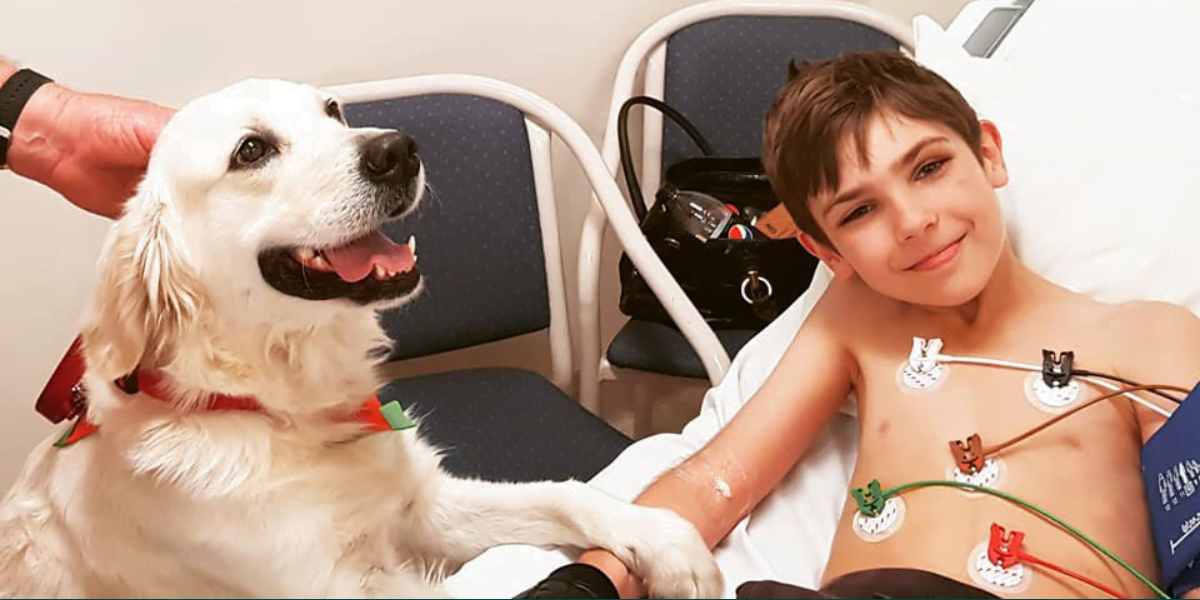A recent study commissioned by LivaNova Australia, has found that despite widespread awareness of epilepsy, many Australians have limited understanding of the condition and its treatments.
The study found that over half (55%) of respondents have heard of epilepsy, yet a quarter (25%) did not know the specifics of epilepsy or wanted to know more. Additionally, 21% of respondents were not aware of how the condition can significantly affect a person’s quality of life.
Carol Ireland, Chief Executive Officer at Epilepsy Action Australia says that the study results reinforce the importance of consistent awareness raising and education activities, as there is a knowledge gap that needs to be addressed.
“Epilepsy is often misunderstood as “just seizures”. The study highlights an important need for more public education about epilepsy, its complex nature and impact on people living with the condition,” said Ms Ireland.
“Epilepsy is one of the most common brain disorders, yet there is still work to do to educate people on how burdensome this condition can be. It is encouraging to see our industry partners driving awareness in this space.”
The new research also revealed another area of significant oversight, drug resistant epilepsy. While many Australians are aware of epilepsy generally, six in ten Australians are not aware of drug resistant epilepsy (DRE). The awareness of this form of epilepsy is low even among Australians diagnosed with epilepsy and those who have an immediate family member with epilepsy, with 40% being unaware of this condition.
Donna Tymensen, Country Director, LivaNova Australia and New Zealand says better awareness of DRE is needed to encourage earlier diagnosis and make a positive impact on quality of life for people living with the condition.
“Drug resistant epilepsy affects about 30% of people diagnosed with epilepsy. It is concerning that so many of us are unaware of it and the additional challenges it causes to patients,” said Ms Tymensen.
“We need to do more to raise awareness of the fact that there are many types of epilepsy and that patients are in need of tailored solutions and support services that should cater for their individual experiences”.
Drug resistant epilepsy refers to when a person has failed to become (and stay) seizure free with adequate trials of two antiseizure medications. The study found that almost one in three (31%) Australians had tried three or more treatments without success in achieving seizure freedom, which is in line with global research.
The new consumer study found that Australians’ knowledge of epilepsy treatments has also not kept up with innovations in the space. While 77% of Australians were aware of some epilepsy treatments, only 42% of Australians are aware of at least one alternative treatment (surgery, diet, vagus nerve stimulation, and other treatments).
Uncontrolled epilepsy has major psychosocial and economic impacts on patients and the Australian community. The total annual cost of epilepsy in 2019-20 in Australia was estimated at $12.3 billion. This includes costs related to health care, productivity loss, informal caring, equipment, transportation and economic efficiency.
LivaNova and Epilepsy Action Australia are calling for increased public education about epilepsy and its treatments, as well as increased support for people with epilepsy and their families across all aspects of life.
For more information about drug-resistant epilepsy, visit LivaNova: https://www.livanova.com/epilepsy-vnstherapy/en-au
For information about epilepsy and support services, visit Epilepsy Action Australia: https://www.epilepsy.org.au
Top image: Ryan, a young boy who lives with epilepsy, on one of his many hospital visits (supplied)
Like what you’re reading? Support The New England Times by making a small donation today and help us keep delivering local news paywall-free. Donate now

